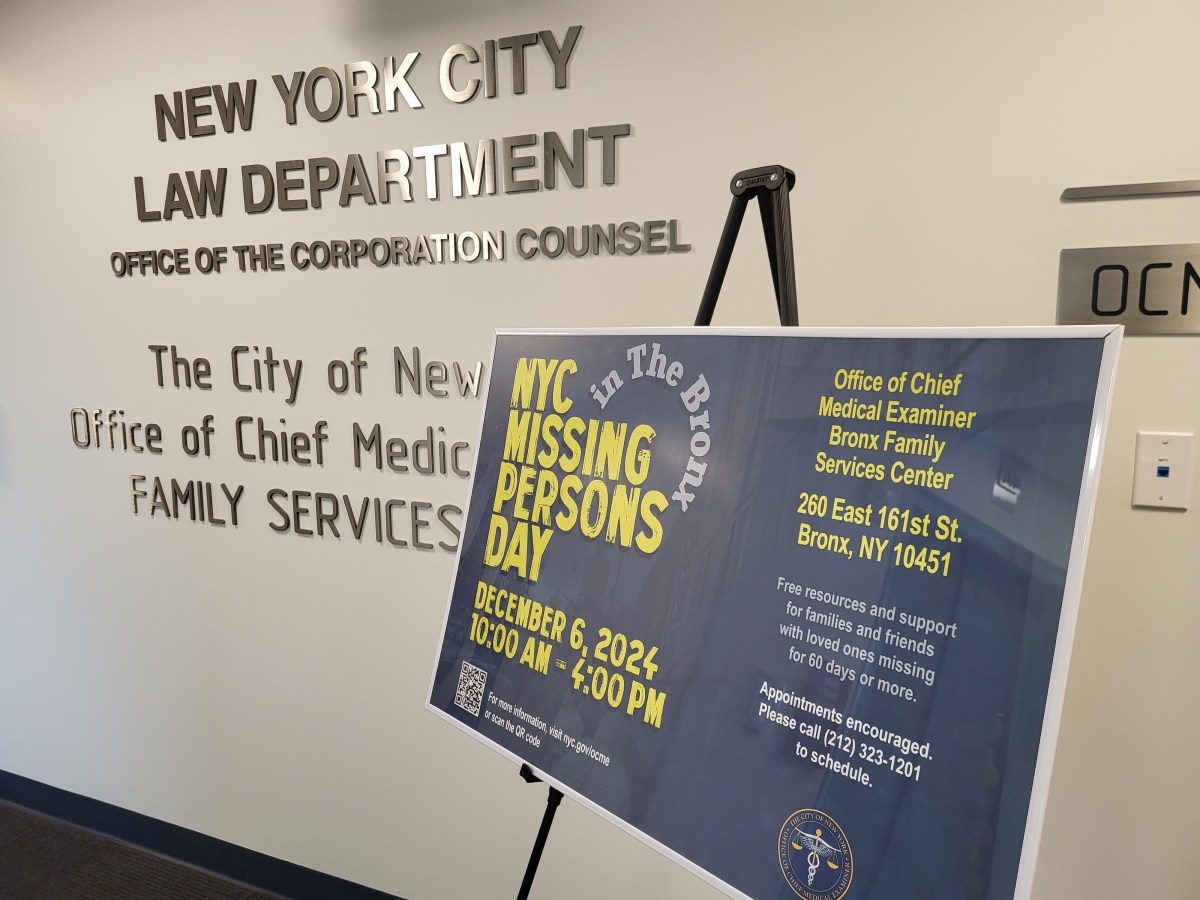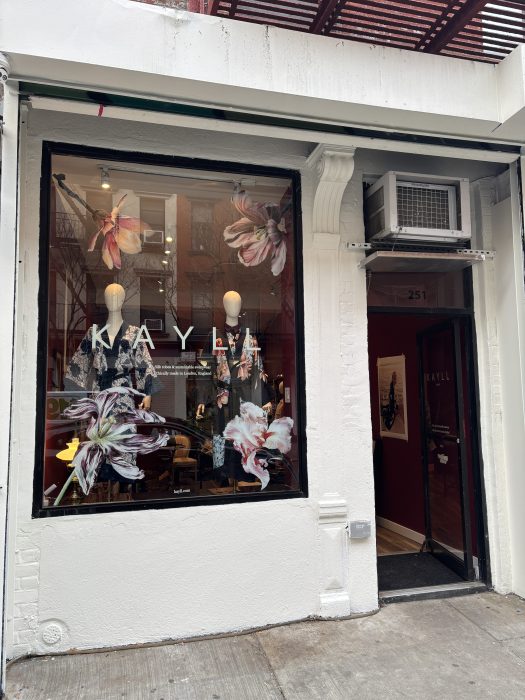What happens when management dozes off?
On Dec. 1, a Metro-North train blasted into a curve near Spuyten Duyvil at nearly three times the speed limit and derailed after the engineer lost his focus. Four passengers died and scores were injured.
We now know that Metro-North did not have in place an automated system to brake trains entering dangerous stretches of track too fast. This technology is not rocket science. Metro-North’s sister rail line — the Long Island Rail Road — uses it. The system might have prevented the Metro-North crash.
We also know that Metro-North found it acceptable to run some trains without an alerter system to spot operator inactivity and apply brakes as needed. That system could have made a difference, too.
But the alerter system works only when the operator is sitting in the locomotive.
Unfortunately, this only happens on northbound trips out of Grand Central Terminal. On southbound trips, the railroad keeps the locomotive in the rear. The operator — using remote controls — sits in the front car.
The train that crashed at Spuyten Duyvil was headed south — with the operator in front, the locomotive pushing from the back, and the alerter system inactive.
The great unanswered question is this: Why knowingly make half your runs with an inactive alerter system?
Metro-North says its practices worked extremely well for 30 years with no fatal accidents.
That’s true. The railroad until recently was regarded as an international model of efficiency and safety. But that does little to explain its recent safety lapses.
Metro-North has now announced some significant steps to upgrade its safety technology. Meanwhile, the Federal Railroad Administration is gearing up for its own 60-day review of Metro-North’s operations.
That’s reassuring.
Operator error may have caused the tragedy at Spuyten Duyvil. But he wasn’t the only one who lost his focus.
We need to know the full story.



































